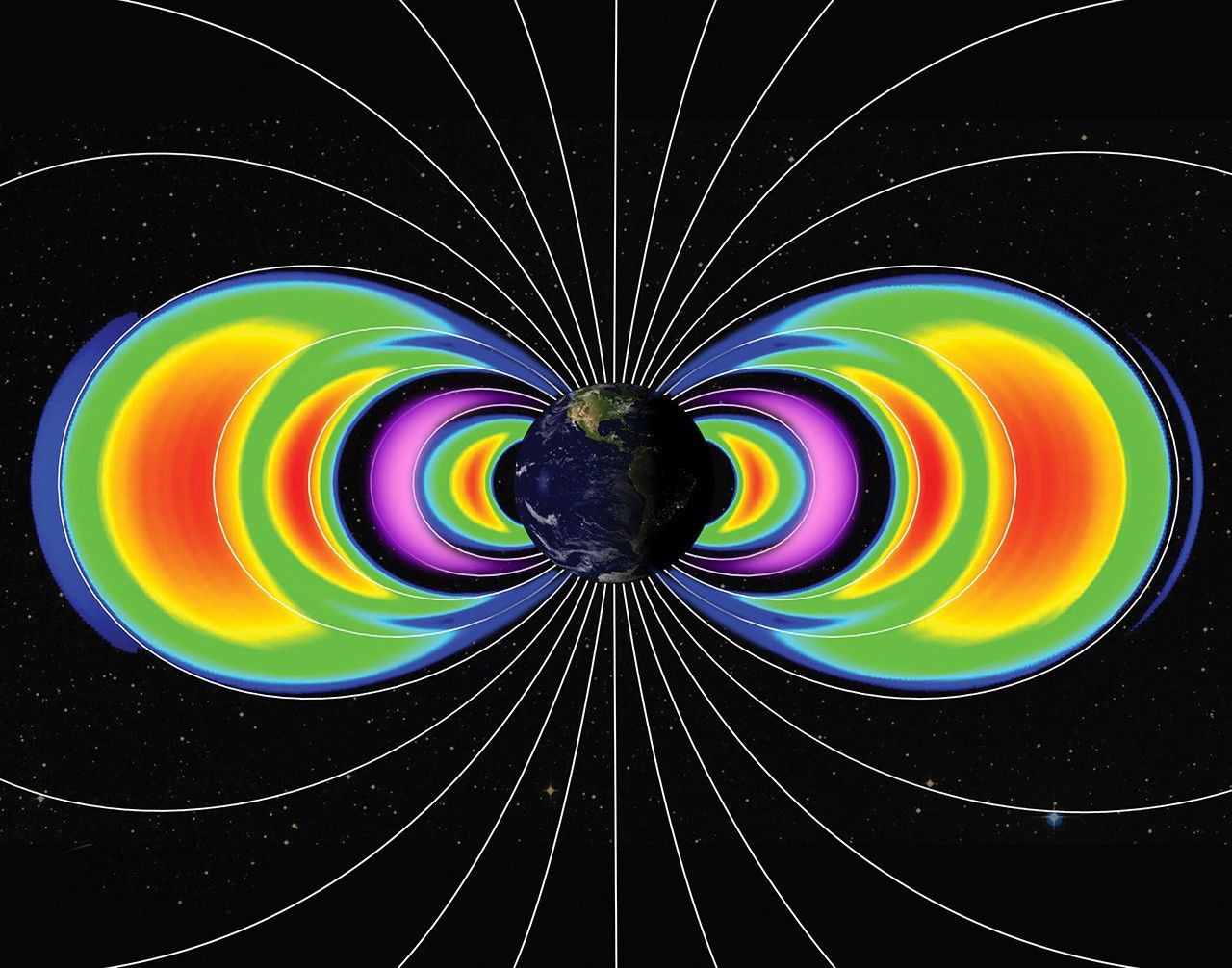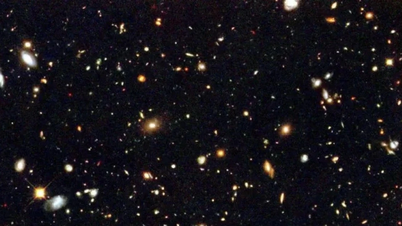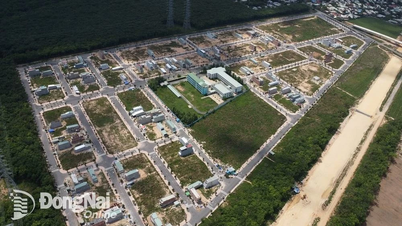(NLDO) - While studying a phenomenon that shook the Earth's magnetosphere in May 2024, NASA's CubeSat satellite discovered a pair of strange structures.
In May 2024, a violent solar storm (geomagnetic storm) hit Earth, causing the magnetosphere to violently shake, disrupting shortwave radio signals and painting the sky with a dazzling array of colors as the aurora borealis spread to much lower latitudes than usual.
But data from NASA's CubeSat satellite reveals the impact of this energy storm is much more far-reaching.
For months, the Earth has been surrounded by two new radiation belts.

Earth's two new radiation belts - including one composed mostly of protons - are highlighted in purple, sandwiched between two permanent Van Allen belts - Photo: NASA
The radiation belts are a normal structure surrounding planets with global magnetic fields like Earth.
Stars constantly leak energetic particles, carried away by stellar winds. When they encounter planetary magnetic fields, they get trapped, forming large toroidal rings around the planet.
The Earth has two permanent radiation belts called the Van Allen belts, consisting of an inner belt and a pair of outer belts.
Since these belts are maintained and replenished by energetic particles from the Sun, it is not surprising that they become enriched with particles after geomagnetic storms.
However, scientists were surprised to discover two new radiation belts sandwiched between the inner and outer Van Allen radiation belts while using a CubeSat to study the effects of a geomagnetic storm in May 2024.
One of the two new belts is mostly composed of electrons, much like the Van Allen belts. While the other belt contains high-energy protons in a way never seen before.
"These are high-energy electrons and protons that have found their way into the Earth's internal magnetic field. Some of them can stay there for a very long time," explains astronomer David Sibeck from NASA's Goddard Space Flight Center.
These belts also remained intact for much longer than previous temporary radiation belts created by geomagnetic storms: at least three months, instead of several weeks.
Subsequent geomagnetic storms in June and August 2024 pushed most of the particles out of orbit, significantly reducing the concentration of energetic particles in these temporary belts. However, a small amount remained there.
Scientists even believe that the proton belt is still intact and could remain that way for more than a year since its formation.
The discovery is important because these temporary radiation belts are thought to affect the operations of satellites and spacecraft while they exist, although the specific impact still needs further study.
Source: https://nld.com.vn/nasa-phat-hien-vanh-dai-buc-xa-moi-cua-trai-dat-196250208073103937.htm







![[Photo] Prime Minister Pham Minh Chinh chairs conference on anti-smuggling, trade fraud, and counterfeit goods](https://vphoto.vietnam.vn/thumb/1200x675/vietnam/resource/IMAGE/2025/5/14/6cd67667e99e4248b7d4f587fd21e37c)


























































































Comment (0)